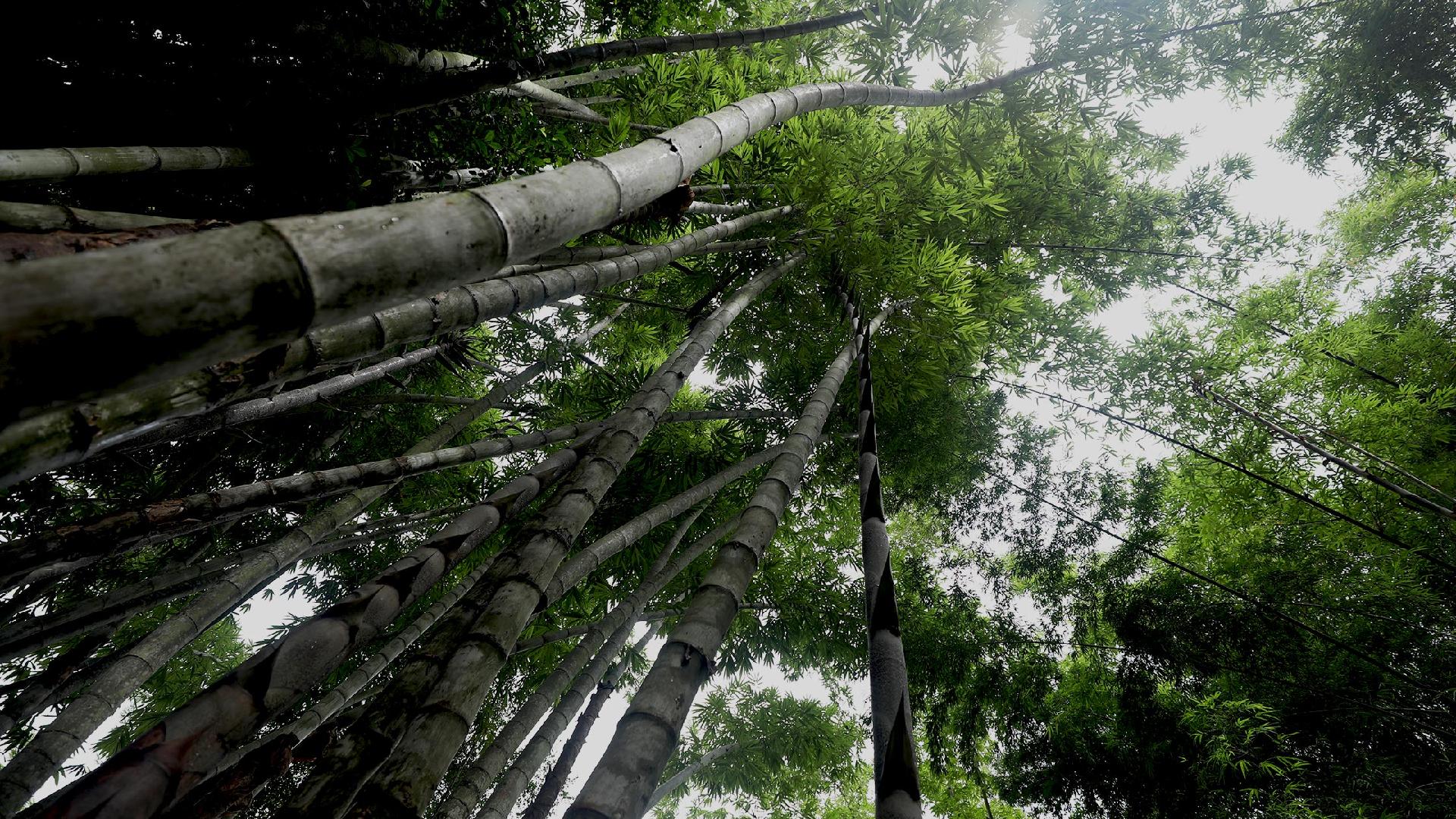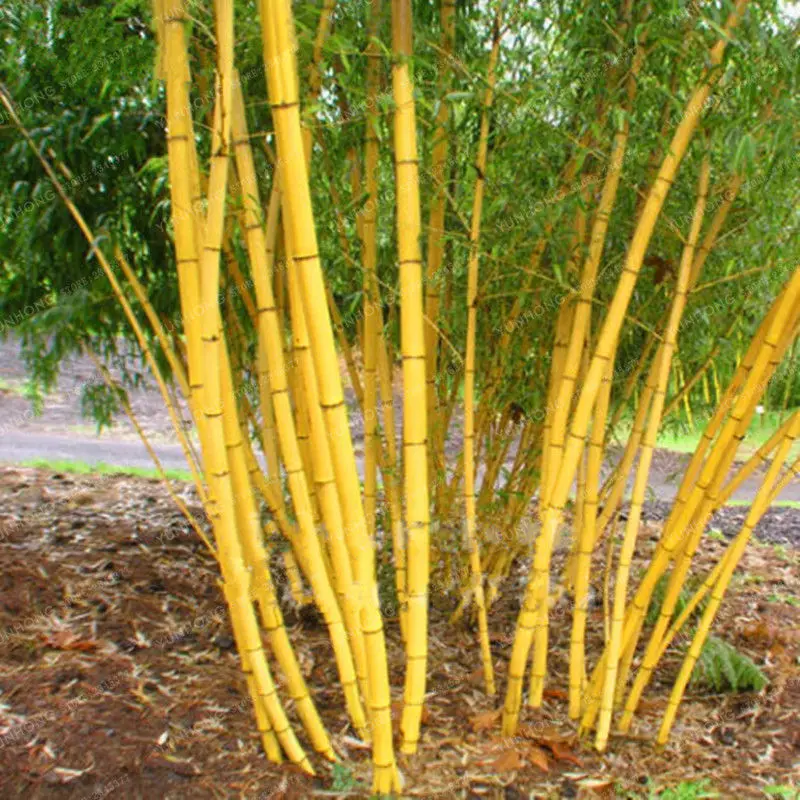

Stronger than steelīamboo may look light and fragile, but in case of this material – looks are deceiving. That means – less fossil fuel is used than by large machinery to harvest trees. So it can be harvested by hand or small chain saws. The rhizome mat, which continues to live after each bamboo harvest, protects the ground from erosion.īamboo is relatively lightweight because the culms are hollow. It also regenerates quickly even after strong storms.Īfter cutting bamboo the soil is not exposed to erosion but that happens in clear-cutting of trees. So it works as a great building material for earthquake-prone regions. On average in a span of 20 years, bamboo produces 12% more material than any woods.īamboo has a high elasticity. What else?īamboo can grow on marginal land, not suitable for agriculture or forestry. The speed of growth is not the only way bamboo wins over hardwoods, though. One of the most obvious differences is the speed of growth.īamboo can be ready for construction within 5 to 7 years. So what are differences between bamboo and woods in terms of sustainability? Bamboo vs woodĪlthough bamboo that`s used in construction is woody, it is actually a grass.īoth hardwood and bamboo can be used for supporting structures in the building as well as surfaces like floors, walls, roofs. For example, bamboo structures will have better air quality if compared to more toxic building materials. Reducing waste, pollution and environmental degradationīamboo mainly goes under the sustainability of materials however it does play a role in other ways as well.

Protecting resident health and improving employee productivity.The before mentioned goals can be summed up in 3 broader categories to achieve the objective: The common objective of green building practices is to reduce the overall impact of the constructions on human health and the environment. With good design, individual green building technologies work together and produce a greater effect. Green building means that one or more of these principles has been optimized in the construction. Reducing the impact on electricity networks.Operations and maintenance optimization.Indoor environmental quality enhancement.The fundamental principles in green building are: A wide variety of methods is used in green and sustainable building all over the world. Sustainable building practices and technologies are constantly evolving. Sustainable building (or green building) is not a simple single issue. How is sustainability measured in building industry? If new technologies in construction are not adopted during this time of rapid growth, emissions could double by 2050, according to the United Nations Environment Program. The building sector has the greatest potential to deliver significant cuts in emissions at little or no cost. They account for 18% of annual global CO2c emissions. Globally, buildings are responsible for a huge share of energy, electricity, water and materials consumption. Harvested properly, ten percent of every plant can be taken annually without needing new plants or negatively impacting the original grove. The first harvest can be taken in 5 years, a lot faster than wood forests which typically need 25 or more years.

It needs little energy to grow, prevents soil erosion, provides biomass, offers wildlife refuge, and produces a healthy food supply for both animals and humans.īamboo produces more oxygen than other plants and captures higher amounts of CO2. It’s stronger than concrete and steel and is a renewable resource.

It is becoming more and more popular as a sustainable material in construction and other industries.


 0 kommentar(er)
0 kommentar(er)
